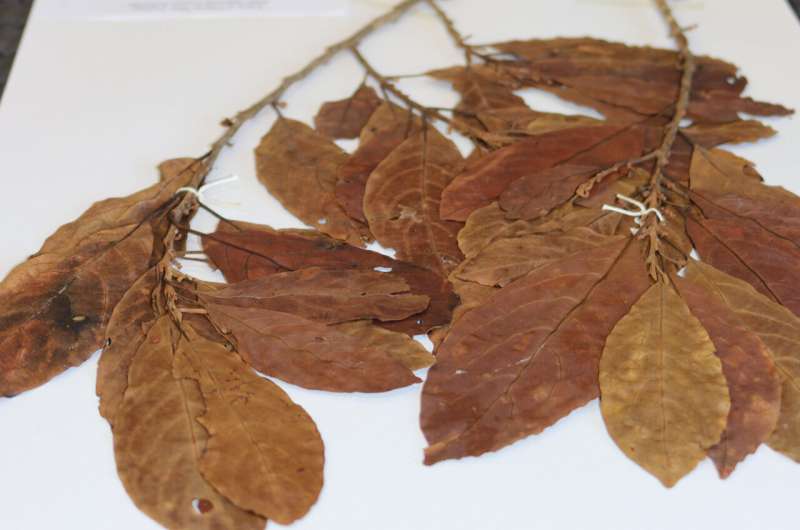A quest to digitize 1 million plant specimens

The Australian National Herbarium in Canberra is imaging nearly a million plant specimens using an automated system developed by Netherlands company Picturae.
CSIRO Group Leader for Digitization & Informatics, Pete Thrall, who oversees digital assets at the National Research Collections Australia, managed by CSIRO, Australia’s national science agency, said the project would help inform bushfire recovery and biosecurity.
“Digitizing the herbarium is a huge leap forward for sharing specimens for research. As a result, we’ll be able to provide information quickly for projects like bushfire recovery and biosecurity,” Mr Thrall said.
“Creating a digitized replica also provides security for the herbarium’s irreplaceable physical specimens,” he said.
Parks Australia imaging manager Ms Emma Toms, located at the Australian National Herbarium, who is coordinating the Picturae project, said the work would be completed over the next 9 months.
“To digitize these specimens in house would have taken us about eight years using a standard camera rig,” she said.
“The first step is a visual check of each specimen to ensure it is in good condition and has a barcode to link to its digital record.
“Three people operate Picturae’s conveyor belt, which moves specimens under a camera to take a high-resolution photograph. Two people unpack the specimens at the start of the conveyor belt and one person repacks the specimens and checks the photographs for any errors,” she said.
One of the new technologies transforming the utilization of collections is artificial intelligence (AI).
CSIRO Postdoc Dr. Abdo Khamis said machine learning and AI enables researchers to extract trait information from images.
“We can use digitized herbarium specimens to understand how plants are responding to climate change, for example by determining how the reproductive structure of flowers is changing with time,” he said.
The team will continue to grow the herbarium’s digital assets as more plant specimens from Australia and the region are added to the collection.
“We will have an inhouse digitization program once this process is complete, so new specimens will be photographed before they are incorporated into the collection,” Emma Toms said.
The full digital collection of the Australian National Herbarium will be made available through the Atlas of Living Australia, including for the general public.
Discovering new plant and fungi species
Citation:
A quest to digitize 1 million plant specimens (2022, June 23)
retrieved 23 June 2022
from https://phys.org/news/2022-06-quest-digitize-million-specimens.html
This document is subject to copyright. Apart from any fair dealing for the purpose of private study or research, no
part may be reproduced without the written permission. The content is provided for information purposes only.
For all the latest Science News Click Here
For the latest news and updates, follow us on Google News.

